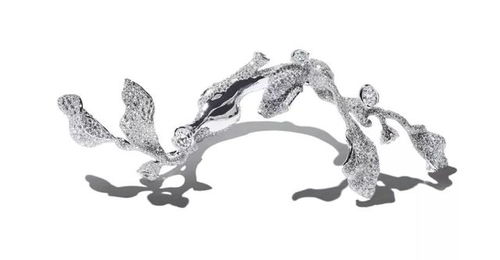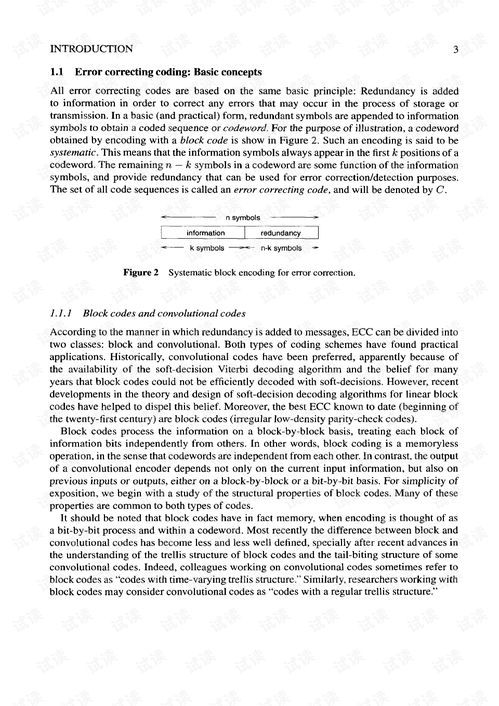Content:
Introduction: The combination of jump rope and fly fishing might seem like an unlikely pairing, but both activities require a unique set of skills and techniques to excel. Whether you're looking to get in shape or simply enjoy the serene experience of being out in nature, mastering these two activities can enhance your overall experience. In this article, we'll delve into the essential techniques for both jump rope and fly fishing, providing you with the knowledge to become a proficient practitioner in both disciplines.
Part 1: Jump Rope Techniques
Choose the Right Rope: Before you start, it's important to choose the right jump rope. For beginners, a rope with handles that are about an inch apart is a good starting point. As you progress, you can move to heavier ropes for more resistance.
Master the Basics: Start by holding the rope with both hands, keeping your elbows close to your sides. Swing the rope in a smooth, consistent motion, ensuring that the handles are about waist height. Focus on maintaining a rhythmic pace and coordination between your arms and legs.

Learn to Double Under: Once you've mastered the basic jump, the next step is to learn the double under. This involves jumping twice under the rope with each swing. To do this, increase your jump height slightly and push down harder on the rope with your feet. It takes practice, but once you get the hang of it, you'll be able to improve your speed and endurance.
Practice Different Styles: There are various jump rope styles, including the speed jump, the cross jump, and the Indian jump. Experiment with these styles to find which one suits you best. Remember to focus on your form and maintain a consistent rhythm.
Enhance Your Fitness: Jump rope is an excellent cardiovascular exercise. To maximize your fitness benefits, aim for at least 10 minutes of jump rope per session, gradually increasing the duration as you become more comfortable with the activity.
Part 2: Fly Fishing Techniques
Choose the Right Gear: For beginners, a basic fly fishing rod, reel, and line are all you need. Look for a rod that is lightweight and has a length of around 7 feet. A spinning reel is a good choice for beginners, as it is easy to use and provides good line control.
Learn to Cast: The foundation of fly fishing is the cast. Start by holding the rod with both hands, keeping your wrist slightly bent. Move the rod back, then forward, using a smooth, fluid motion. Focus on timing and practice different casting techniques, such as the roll cast and the overhead cast.
Understand Fly Selection: There are countless types of flies to choose from, each designed to mimic a specific insect or baitfish. Start by selecting a fly that matches the type of fish you're targeting and the water conditions you're fishing in. As you gain experience, you can experiment with different flies to see what works best.
Develop a Sense of Feel: Fly fishing requires a keen sense of feel, as you'll be detecting subtle movements in the line and rod tip to indicate a fish has taken the bait. Practice different retrieves and techniques to become more sensitive to these signals.
Master the Nymphing Technique: Nymphing is a popular fly fishing technique that involves fishing with a nymph (an imitation of an aquatic insect's larva or pupa) beneath the surface. To nymph effectively, you'll need to learn how to present the fly in a natural and lifelike manner. This often involves a slow and steady retrieve with short, gentle tugs.
Conclusion: Whether you're looking to improve your fitness or simply enjoy the tranquility of the great outdoors, mastering the techniques of jump rope and fly fishing can be a rewarding experience. By following the steps outlined in this article, you'll be well on your way to becoming a proficient practitioner in both activities. Happy jumping and fishing!












